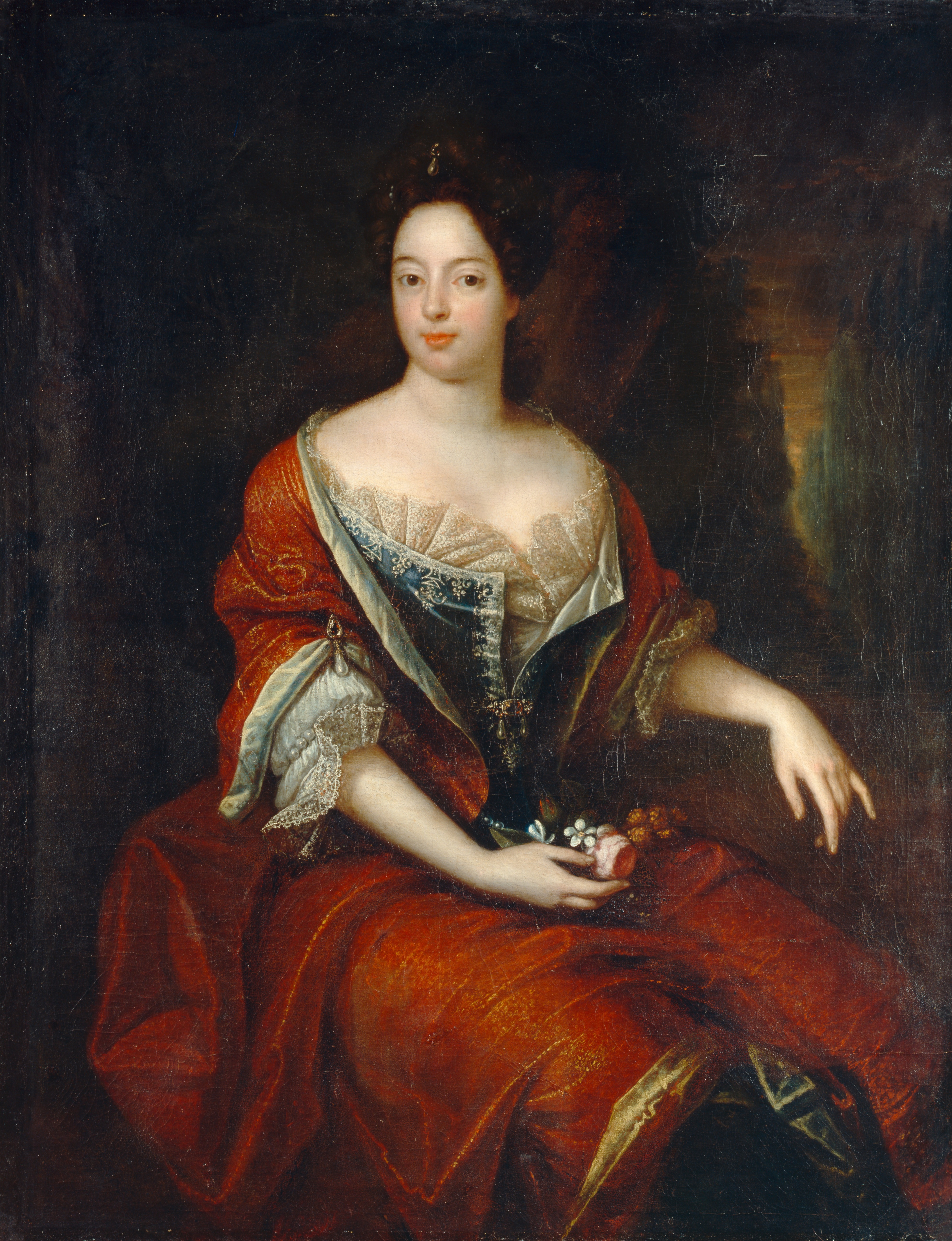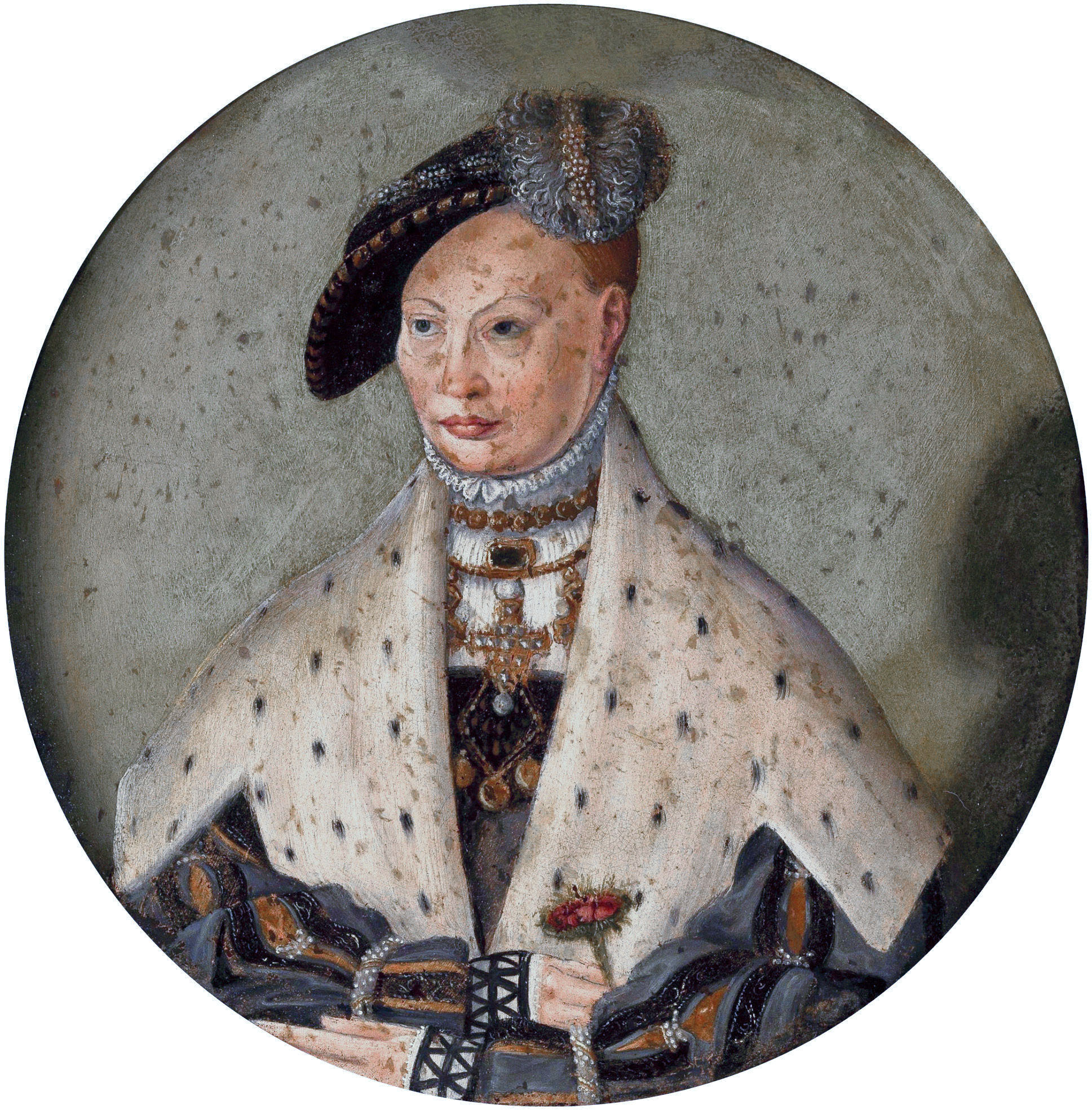|
Iburg Castle
The so-called Iburg Castle (german: Schloss Iburg), is a castle and former Benedictine abbey in Bad Iburg, Germany.Rudolf vom Bruch: Die Rittersitze des Fürstentums Osnabrück. H.Th. Wenner Verlag, From ca. 1100 till 1673 it was the seat of the Prince-Bishopric of Osnabrück. It is also notable as the birthplace of Sophia Charlotte of Hanover, List of Prussian consorts, Queen consort in Prussia. References External links Schlosskonzerte im Rittersaal des Iburger SchlossesSchlossbeleuchtungsverein auf kulturerbe.niedersachsen.de Rekonstruktionszeichnung von Wolfgang Braun Cast ... [...More Info...] [...Related Items...] OR: [Wikipedia] [Google] [Baidu] |
Bad Iburg
Bad Iburg (; Westphalian: ''Bad Ibig'') is a spa town in the district of Osnabrück, in Lower Saxony, Germany. It is situated in the Teutoburg Forest, 16 km south of Osnabrück. Bad Iburg is also the name of a municipality which includes the town and four outlying centres: Glane, Ostenfelde, Sentrup and Visbeck. The most important building is Schloss Iburg above the town. It is a complex of a castle which was the residence of the bishops of Osnabrück for six hundred years and a former monastery of the Order of Saint Benedict. History Bad Iburg was first mentioned in 753 in a Frankish document. In 772 the Frankish King Charlemagne captured the “Royal castle Iburg”, from his chief antagonist, the Saxon leader Widukind. In a lasting period of struggles the ownership changed between Franks and Saxons. Frankish troops finally regained the castle in 783. Bad Iburg became of more than local importance in the 11th century when Bishop Benno I (1052–1067) built a new ... [...More Info...] [...Related Items...] OR: [Wikipedia] [Google] [Baidu] |
Germany
Germany,, officially the Federal Republic of Germany, is a country in Central Europe. It is the second most populous country in Europe after Russia, and the most populous member state of the European Union. Germany is situated between the Baltic and North seas to the north, and the Alps to the south; it covers an area of , with a population of almost 84 million within its 16 constituent states. Germany borders Denmark to the north, Poland and the Czech Republic to the east, Austria and Switzerland to the south, and France, Luxembourg, Belgium, and the Netherlands to the west. The nation's capital and most populous city is Berlin and its financial centre is Frankfurt; the largest urban area is the Ruhr. Various Germanic tribes have inhabited the northern parts of modern Germany since classical antiquity. A region named Germania was documented before AD 100. In 962, the Kingdom of Germany formed the bulk of the Holy Roman Empire. During the 16th ce ... [...More Info...] [...Related Items...] OR: [Wikipedia] [Google] [Baidu] |
Catholic
The Catholic Church, also known as the Roman Catholic Church, is the largest Christian church, with 1.3 billion baptized Catholics worldwide . It is among the world's oldest and largest international institutions, and has played a prominent role in the history and development of Western civilization.O'Collins, p. v (preface). The church consists of 24 ''sui iuris'' churches, including the Latin Church and 23 Eastern Catholic Churches, which comprise almost 3,500 dioceses and eparchies located around the world. The pope, who is the bishop of Rome, is the chief pastor of the church. The bishopric of Rome, known as the Holy See, is the central governing authority of the church. The administrative body of the Holy See, the Roman Curia, has its principal offices in Vatican City, a small enclave of the Italian city of Rome, of which the pope is head of state. The core beliefs of Catholicism are found in the Nicene Creed. The Catholic Church teaches that it is th ... [...More Info...] [...Related Items...] OR: [Wikipedia] [Google] [Baidu] |
Benedictines
, image = Medalla San Benito.PNG , caption = Design on the obverse side of the Saint Benedict Medal , abbreviation = OSB , formation = , motto = (English: 'Pray and Work') , founder = Benedict of Nursia , founding_location = Subiaco Abbey , type = Catholic religious order , headquarters = Sant'Anselmo all'Aventino , num_members = 6,802 (3,419 priests) as of 2020 , leader_title = Abbot Primate , leader_name = Gregory Polan, OSB , main_organ = Benedictine Confederation , parent_organization = Catholic Church , website = The Benedictines, officially the Order of Saint Benedict ( la, Ordo Sancti Benedicti, abbreviated as OSB), are a monastic religious order of the Catholic Church following the Rule of Saint Benedict. They are also sometimes called the Black Monks, in reference to the colour of their religious habits. They ... [...More Info...] [...Related Items...] OR: [Wikipedia] [Google] [Baidu] |
Castle
A castle is a type of fortified structure built during the Middle Ages predominantly by the nobility or royalty and by military orders. Scholars debate the scope of the word ''castle'', but usually consider it to be the private fortified residence of a lord or noble. This is distinct from a palace, which is not fortified; from a fortress, which was not always a residence for royalty or nobility; from a ''pleasance'' which was a walled-in residence for nobility, but not adequately fortified; and from a fortified settlement, which was a public defence – though there are many similarities among these types of construction. Use of the term has varied over time and has also been applied to structures such as hill forts and 19th-20th century homes built to resemble castles. Over the approximately 900 years when genuine castles were built, they took on a great many forms with many different features, although some, such as curtain walls, arrowslits, and portcullises, were ... [...More Info...] [...Related Items...] OR: [Wikipedia] [Google] [Baidu] |
Benedictine Abbey
, image = Medalla San Benito.PNG , caption = Design on the obverse side of the Saint Benedict Medal , abbreviation = OSB , formation = , motto = (English: 'Pray and Work') , founder = Benedict of Nursia , founding_location = Subiaco Abbey , type = Catholic religious order , headquarters = Sant'Anselmo all'Aventino , num_members = 6,802 (3,419 priests) as of 2020 , leader_title = Abbot Primate , leader_name = Gregory Polan, OSB , main_organ = Benedictine Confederation , parent_organization = Catholic Church , website = The Benedictines, officially the Order of Saint Benedict ( la, Ordo Sancti Benedicti, abbreviated as OSB), are a monastic religious order of the Catholic Church following the Rule of Saint Benedict. They are also sometimes called the Black Monks, in reference to the colour of their religious habits. They were f ... [...More Info...] [...Related Items...] OR: [Wikipedia] [Google] [Baidu] |
Prince-Bishopric Of Osnabrück
The Prince-Bishopric of OsnabrückAlso known as the Prince-Bishopric of Osnaburg) (german: link=no, Hochstift Osnabrück; Fürstbistum Osnabrück, Bistum Osnabrück) was an ecclesiastical principality of the Holy Roman Empire from 1225 until 1803. It should not be confused with the Diocese of Osnabrück (german: link=no, Bistum Osnabrück), which was larger and over which the prince-bishop exercised only the spiritual authority of an ordinary bishop. It was named after its capital, Osnabrück. The still-extant Diocese of Osnabrück, erected in 772, is the oldest see founded by Charlemagne, in order to Christianize the conquered stem-duchy of Saxony. The episcopal and capitular temporal possessions of the see, originally quite limited, grew in time, and its prince-bishops exercised an extensive civil jurisdiction within the territory covered by their rights of Imperial immunity. The Prince-Bishopric continued to grow in size, making its status during the Reformation a highly cont ... [...More Info...] [...Related Items...] OR: [Wikipedia] [Google] [Baidu] |
Sophia Charlotte Of Hanover
Sophia Charlotte of Hanover (30 October 1668 – 1 February 1705) was the first Queen consort in Prussia as wife of King Frederick I. She was the only daughter of Elector Ernest Augustus of Hanover and his wife Sophia of the Palatinate. Her eldest brother, George Louis, succeeded to the British throne in 1714 as King George I. Early life Sophia Charlotte was born in Iburg Castle in the Prince-Bishopric of Osnabrück, where her father held the title of a Protestant prince-bishop. In 1672 her family moved to the new episcopal residence in Osnabrück and finally in 1679 to Hanover, when Ernest Augustus succeeded his brother Duke John Frederick of Brunswick-Lüneburg in the Principality of Calenberg. During her childhood, Sophia Charlotte visited the Kingdom of France with her mother in hopes of marrying Louis, Grand Dauphin, heir to the French throne. He later married Duchess Maria Anna Victoria of Bavaria instead, but Sophia Charlotte was also proposed as a possible bride for L ... [...More Info...] [...Related Items...] OR: [Wikipedia] [Google] [Baidu] |
List Of Prussian Consorts
The Queen of Prussia (german: Königin von Preußen) was the queen consort of the ruler of the Kingdom of Prussia, from its establishment in 1701 to its Abolition of monarchy, abolition in 1918. As all rulers of Prussia had to be male, there was never a Queen Monarchy, regnant of Prussia. Until 1806, the Queen of Prussia was also Electress of Brandenburg; after 1871, she was also German Empress. Until 1772, her title was ''Queen in Prussia'' (see King in Prussia). Duchess of Prussia Queens in Prussia Queens of Prussia Spouses of the pretenders See also *List of consorts of Brandenburg *List of German queens *Prince of Orange, Princess of Orange *List of consorts of Neuchâtel, Princess of Neuchâtel *List of Saxon royal consorts, Duchess of Saxe-Lauenburg *List of Polish royal consorts, Grand Duchess of Posen *List of consorts of Hohenzollern *List of monarchs of Prussia {{DEFAULTSORT:List Of Prussian Consorts Prussian royal consorts, Duchesses of Prussia, Lists ... [...More Info...] [...Related Items...] OR: [Wikipedia] [Google] [Baidu] |
Castles In Lower Saxony
A castle is a type of fortified structure built during the Middle Ages predominantly by the nobility or royalty and by military orders. Scholars debate the scope of the word ''castle'', but usually consider it to be the private fortified residence of a lord or noble. This is distinct from a palace, which is not fortified; from a fortress, which was not always a residence for royalty or nobility; from a ''pleasance'' which was a walled-in residence for nobility, but not adequately fortified; and from a fortified settlement, which was a public defence – though there are many similarities among these types of construction. Use of the term has varied over time and has also been applied to structures such as hill forts and 19th-20th century homes built to resemble castles. Over the approximately 900 years when genuine castles were built, they took on a great many forms with many different features, although some, such as curtain walls, arrowslits, and portcullises, were ... [...More Info...] [...Related Items...] OR: [Wikipedia] [Google] [Baidu] |

.jpg)






